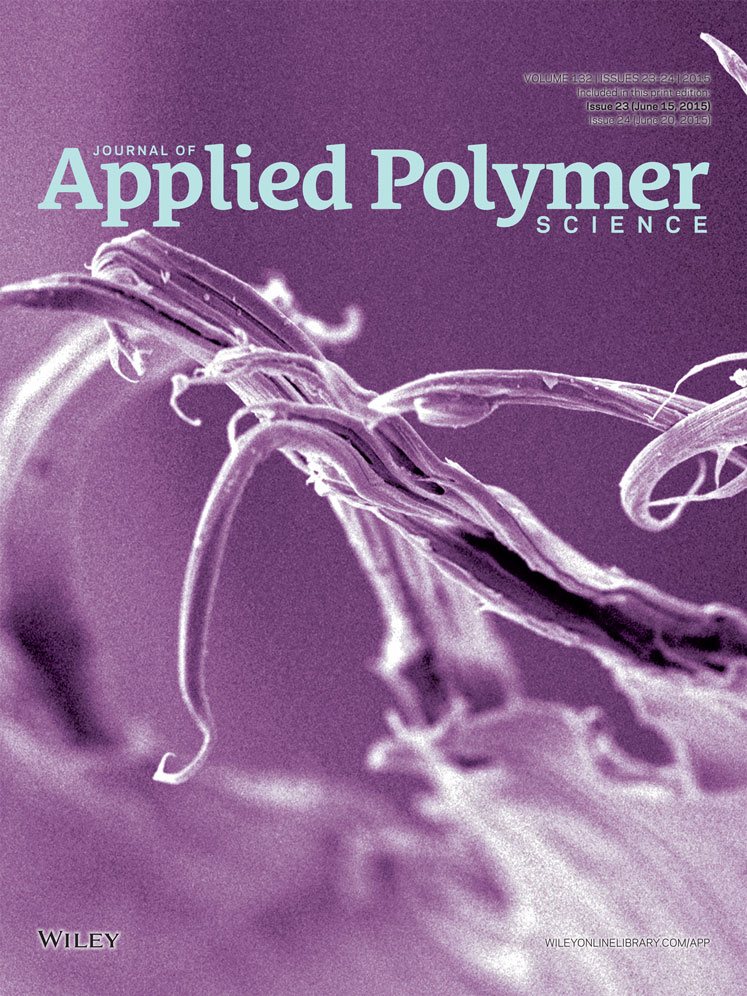Protein influences on guayule and Hevea natural rubber sol and gel
ABSTRACT
Guayule (Parthenium argentatum) is under cultivation in the southwestern United States as an alternative source of natural rubber free from proteins that cause Type I latex allergies. However, since guayule lacks the protein-polymer interactions present in Hevea latex, its physical and chemical properties may differ. The solvent-soluble (Sol) and insoluble (Gel) fractions from guayule and Hevea natural rubbers were isolated through a solubilization/centrifugation deproteinization process. Protein could be reduced or removed by centrifugation, or concentrated in the gel fraction for both Hevea and guayule rubber. Separation of the sol fraction of Hevea rubber reduced the overall protein level, in some cases to below detection limits, without impacting rubber thermo-oxidative stability. Notably, no detectable cross reactions took place between guayule protein antibodies and Hevea-based materials, nor vice-versa. © 2015 Wiley Periodicals, Inc. J. Appl. Polym. Sci. 2015, 132, 42051.




